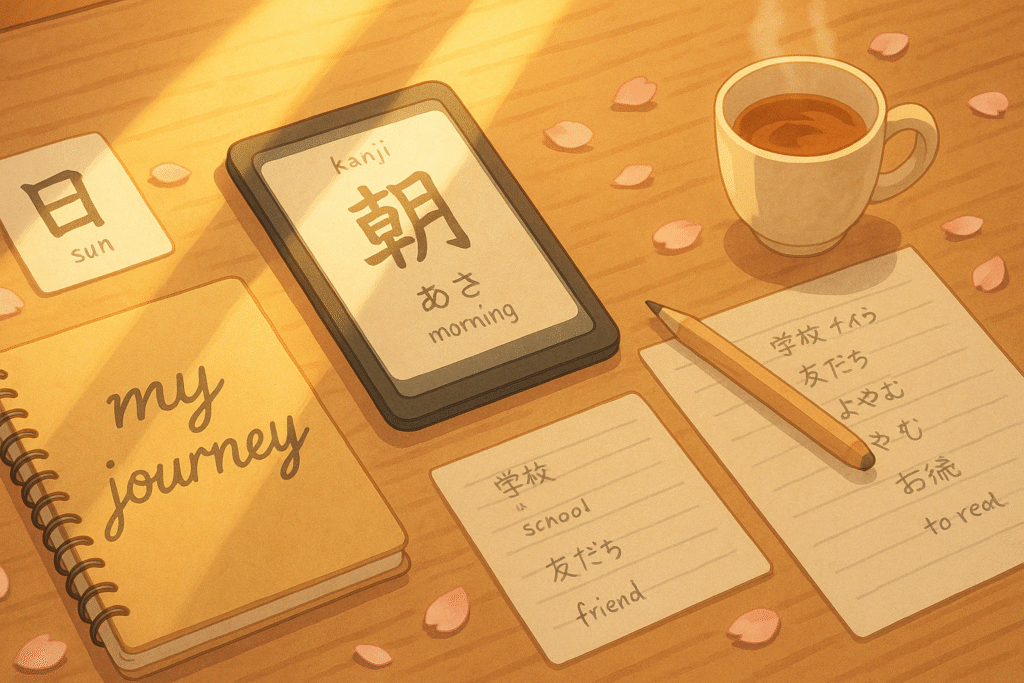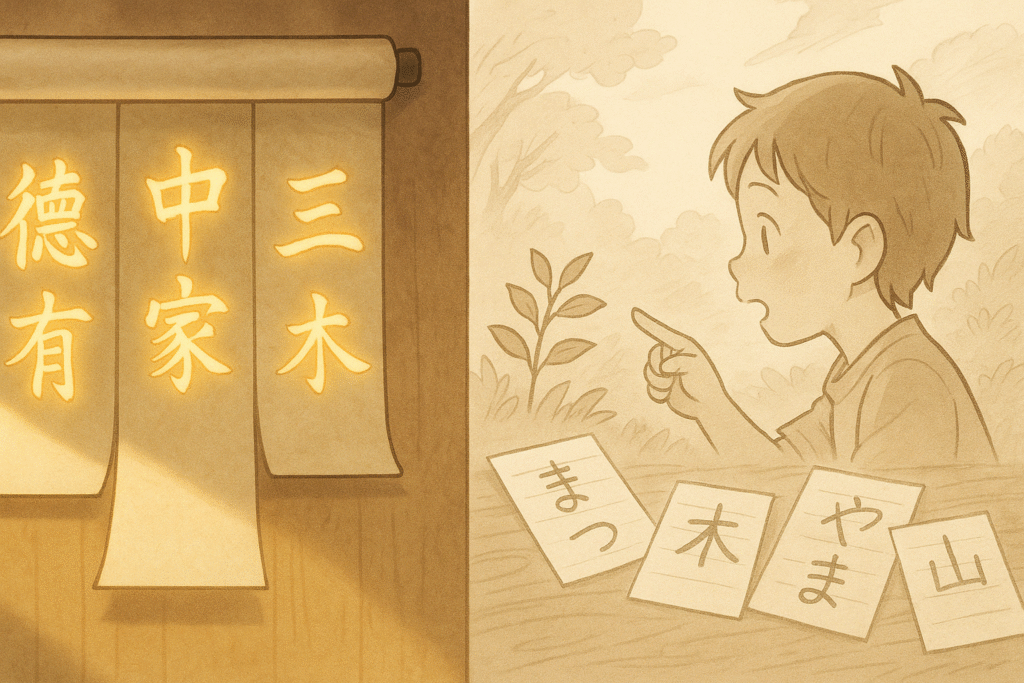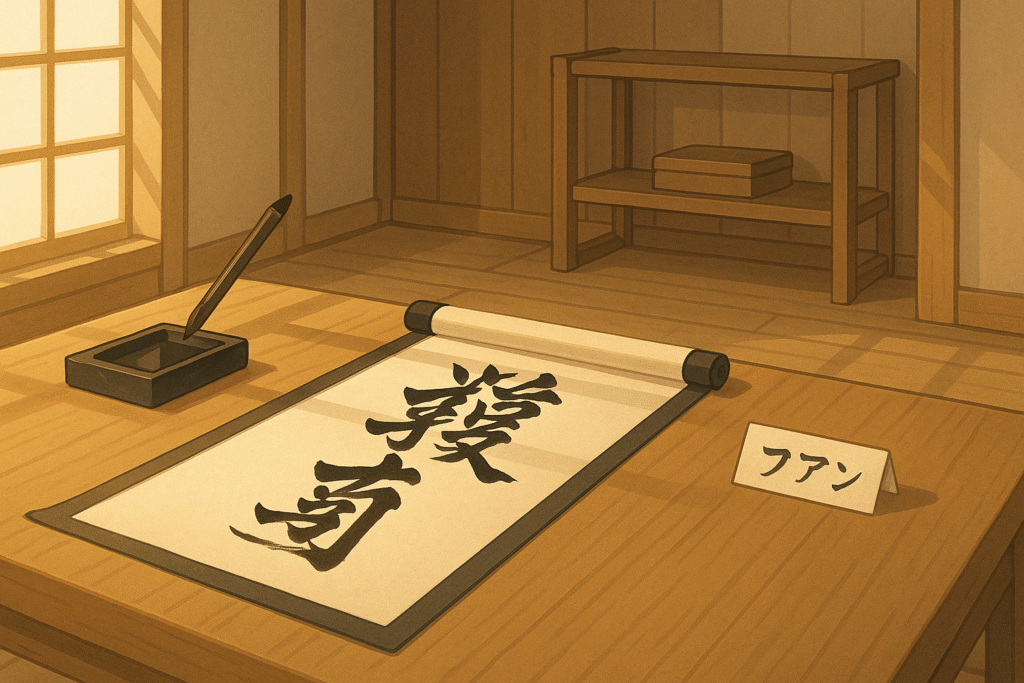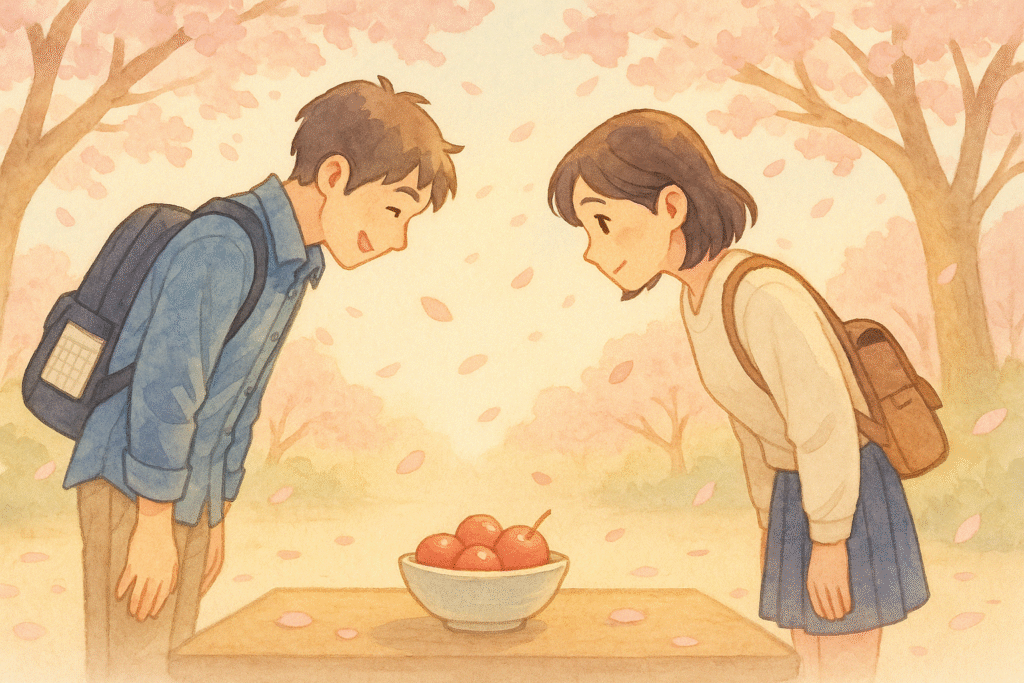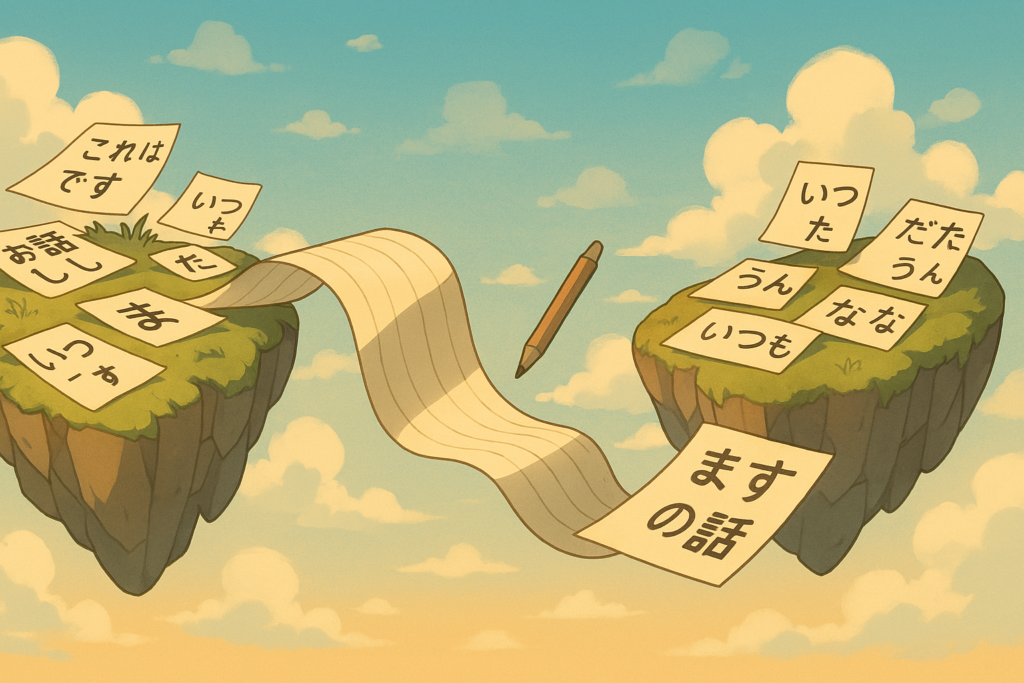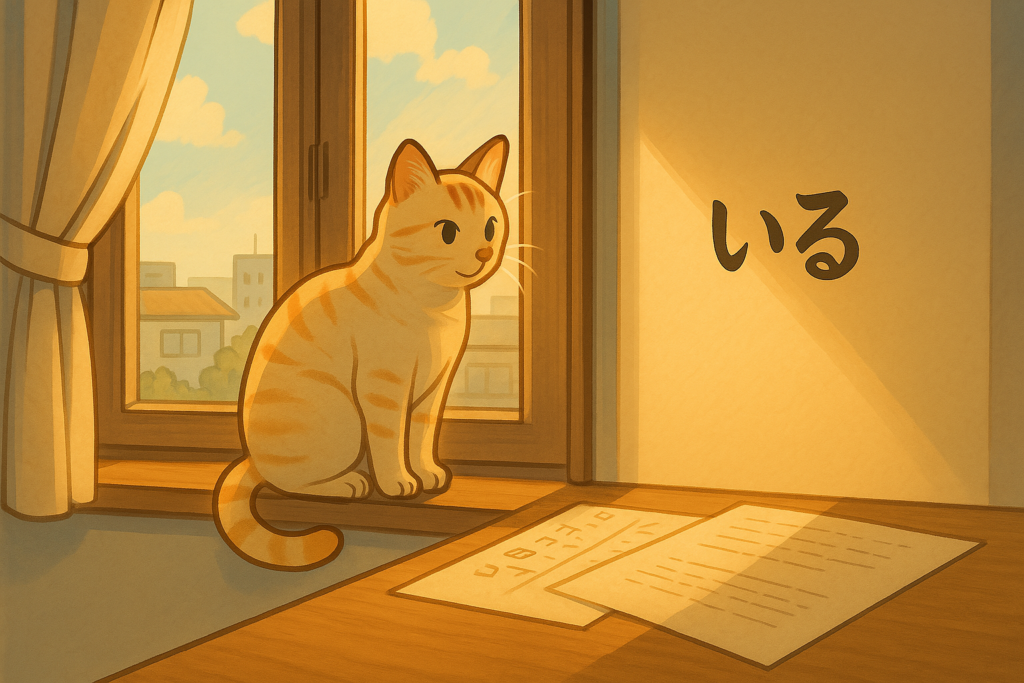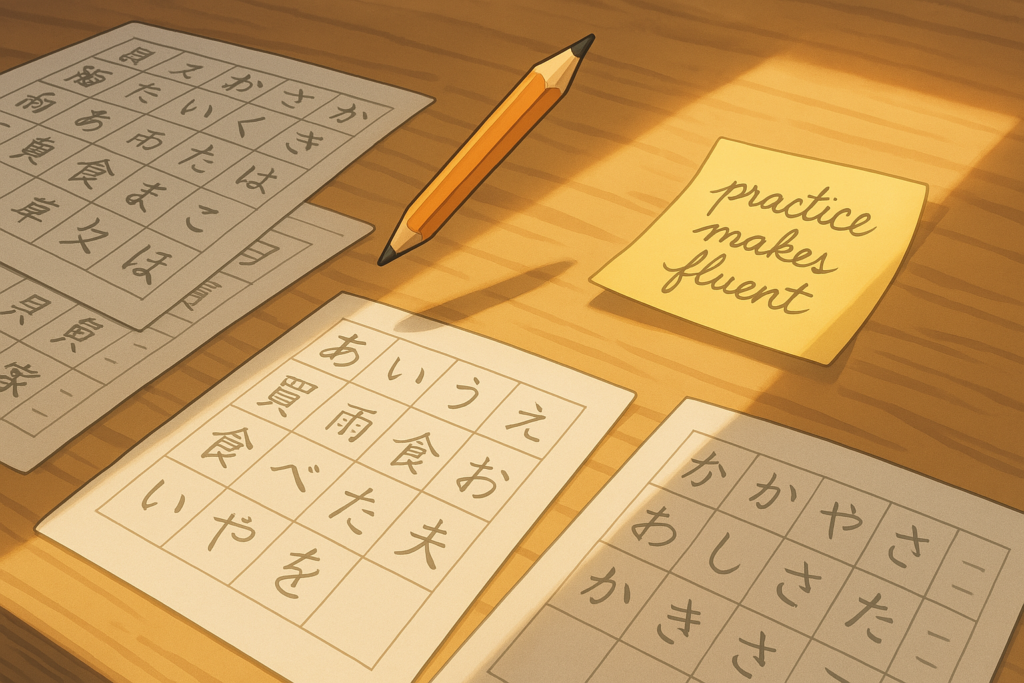Best Japanese Language Resources for All Levels
Are you diving into the fascinating world of Japanese? Finding the right Japanese language resources can make the difference between a frustrating experience and an enjoyable learning journey. Having recently immersed myself in Japanese studies, I’ve discovered a wealth of tools that have accelerated my progress from complete beginner to confident communicator. Getting Started with […]
Best Japanese Language Resources for All Levels Read More »

